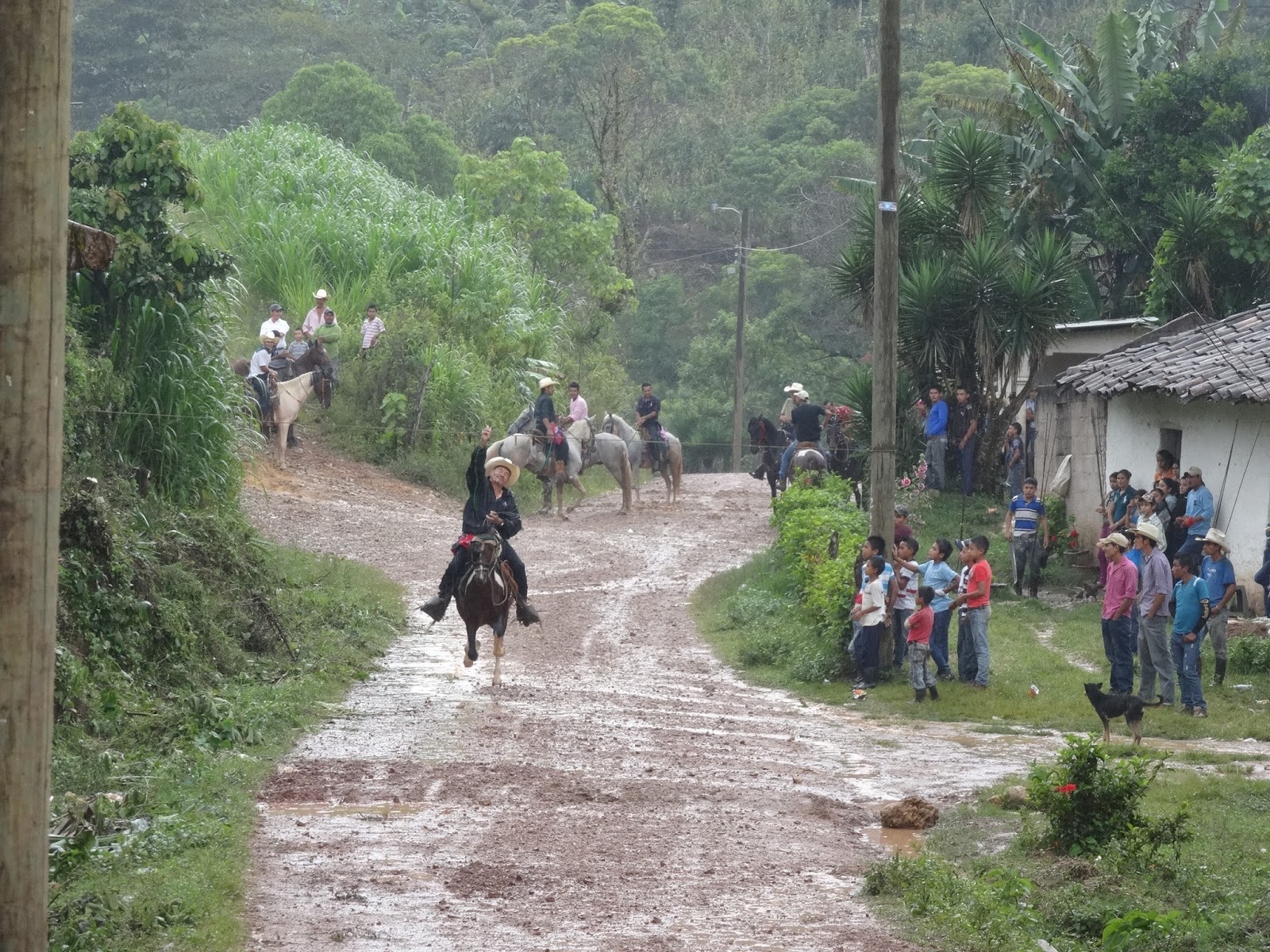I am the type of person that savors solitude but also enjoys
being active, especially in projects of service and in facilitation of
learning. I also just enjoy being around people, especially kids.
Thus there are some experiences here in Honduras that are
somewhat hard for me. They stretch me, partly because they are very closely
related to parts of the culture that I don’t understand – and at times don’t
appreciate.
Last Thursday was the feast of Saint Augustine and so I went
to San Agustín for their Mass. The church was full and it was good to see
people I know. I also found the shrine to Saint Augustine delightful - the statue was placed in front of an image of the church.
After Mass there was a special event including the crowning
of the queen for the festival. There was a stage and a mesa principal – the table of honor. I thought I had escaped being
called to sit there – but at the last minute I was called up. I was first
seated right in front of the speaker, but someone noticing my distress (I had a
headache already) moved me to the other side of the table. So there I was in
front of the crowd.
Some children were dressed up in dresses and suits – last
year’s queen and her cortege and this year’s, together with two little guys
with wooden machetes who served as the guards of honor at the edge of the
stage.
In the course of the events, the queen was crowned, with her
attendant at her side – both little kids. I don’t quite get this.
The town’s Catholic folk dance group, El Quetzal, performed
a few dances, which was a delight.
After the events, there was a lunch for me and Padre German.
Yesterday, the coffee cooperative in EL Zapote de Santa Rosa
had a fundraising event – a Carrera de Cintas: a horse riding event in which
the rider try to grab a ring with a pencil-like wooden stick.
 |
| The “rings” on the rope across the road |
 |
| Inspecting the rings |
 |
| Some of the riders |
Each time a rider got a ring he was awarded a kerchief by
one of the “queens” – who just happened to be some of the young women in the
Maestro de Casa middle school on El Zapote.
After affixing the kerchief around
the neck of the winner, there would often be a kiss on the cheek.
One guy was particularly gallant – as he knelt to receive
the kerchief.
A friend told me that previously the women had embroidered
sashes for the winners and would place these over their shoulders.
The competition started about noon, though it was supposed
to start at 10 am. Delays of people coming from San Agustín and other distant
places, plus a shower, put off the starting time. It ended at about 4 pm,
delayed for about 15 minutes because of a heavy downpour.
 |
| Riding to catch a ring in the rain |
But they finished up in the rain and the three winners were
given the prizes, which included horse vitamins.
 |
| The winner |
There were a few things that were a little uncomfortable –
the young women as awarding prizes together with a kiss was one. The other was
seeing two of the riders with pistols – one stuck in the back of his pants.
But I felt very pleased to see that the coffee cooperative
had taken the initiative to raise funds for their work, not just relying on
help from outside.
Over all, I was glad to be at both events. They will
recognize me and those who know me will see that I took the time to be with
them. I hope I hid my discomfort or that they just thought that’s the way the
crazy gringo is.
---
More photos of the San Agustín celebration can be found here.
More photos of the carrera de cintas can be found here.
---
More photos of the San Agustín celebration can be found here.
More photos of the carrera de cintas can be found here.













.jpg)




